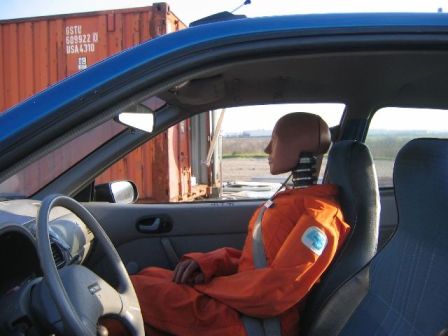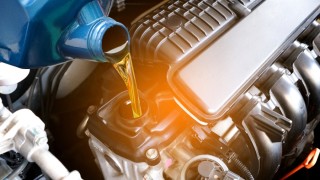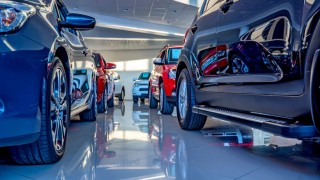When on the road, it is common to lose concentration on long drives, and this loss in concentration can be dangerous. When one is not paying proper attention to the road, it is easy to miss the fact that the vehicle in front of you has stopped, sometimes leading to a rear-end collision.
Fortunately, auto-manufacturers are working on the technology to prevent such accidents and assist the driver in mitigating or eliminating the risks associated losing concentration at a critical moment on the road. This technology, called an Automatic Braking System, is still in its infancy, but promises to make roads safer in the future.
What Does an Automatic Braking System Do?
The braking system is part of a suite of safety features available on many different models of vehicles. It has been available abroad for quite some time, but is only just now making its way stateside. The system is designed to determine when a vehicle in front of you has stopped, and if you’re not doing anything about it. If the system determines you are doing nothing then the vehicle puts on the brakes for you, minimizing or even completely preventing a rear end collision.
How Does it Work?
While it’s easy to make a car stop, the trick is to make sure the car only stops when it needs to do so. This is accomplished using a suite of cameras and sensors installed in the windshield and the front of the car to scan the area in front of the driver every tenth of a second. This system is capable of recognizing the flat surface of a stationary vehicle, and how quickly you are approaching it.
If it is clear that you are not doing anything about the impending collision, then the computer will begin to apply the brakes – gently at first, and if you do nothing eventually coming to a full stop before collision. This does not take control of the vehicle out of the hands of the driver – you are still responsible for recognizing and preventing dangerous situations in the first place, this is merely a safety net meant to help mitigate the risks.
How Effective is it?
Automatic Braking Systems cannot be considered a replacement for driver vigilance, especially at higher speeds. Most automatic braking systems are only capable of fully preventing a collision at speeds up to 20 or 25 miles per hour. Beyond these speeds most manufacturers instead rely on collision warning systems to notify you if you are following too close to a vehicle in front of you or otherwise risking an auto-accident.
However, this is still incredibly effective in city driving where low speeds, high traffic, and many distractions all conspire to make you go when you should be stopped.
How Can I Get One?
The Automatic Braking System is an available option found in many different models of vehicle including (but not limited to) the Acura MDX, Audi A4 and Q5 SUV, Jeep Grand Cherokee, Lexus ES, Mazda6, Volvo S60 and XC60. However, it is important to note that not all automatic braking systems are created equal, and given that an automatic braking system could add over a thousand dollars to the price of a vehicle, it is important to make sure that the system in question adds value.
The BEST automatic braking systems, according to a test by the Insurance Institute for Highway Safety, can be found on the Subaru Legacy and Outback models, these models able to completely avoid a collision at 25 miles per hour.
Other vehicles to be rated as Superior (substantially reducing impact speeds or stopping all together at speeds of 12 or 25 miles per hour) are the General Motor’s Cadillac ATS and SRX, Mercedes-Benz’ C-class, Subaru’s Legacy and Outback and the Volvo S60 and XC60, reducing impact speed in 12 and 25 mile per hour tests. It should be noted that all of the models listed at the start of this section earned the advanced rating, reducing by at least 5 mph the impact speed of the vehicle in either the 12 or 25 mile per hour tests.
The Volvo S60 and the XC60 has two different versions of the Automatic Braking system, with the cheaper model earning the advanced rating.
Conclusion
While still in its infancy, automatic braking systems promise to make our roads safer in the future, substantially reducing or mitigating the risk of vehicle collisions in the years to come. Though availability is limited and expensive, it is probable that as the years continue to move forward these systems will become standard safety features like seat belts, airbags, rear-view mirrors, and (starting in 2018) rear-view camera technology.
Sources:
HowStuffWorks
CNN Money
This article was written by Brennen Kliffmueller. Brennen has been fasinated by cars his whole life and is always following the trends in the newest car technology. He is also a professional writer for Linear Automotive. To learn more about Brennen, visit his Google+.



